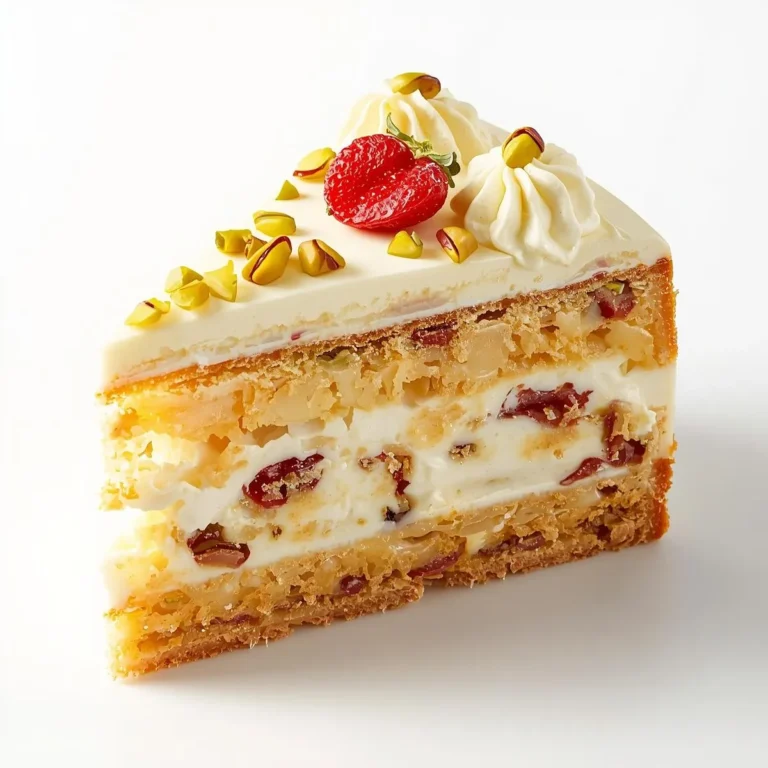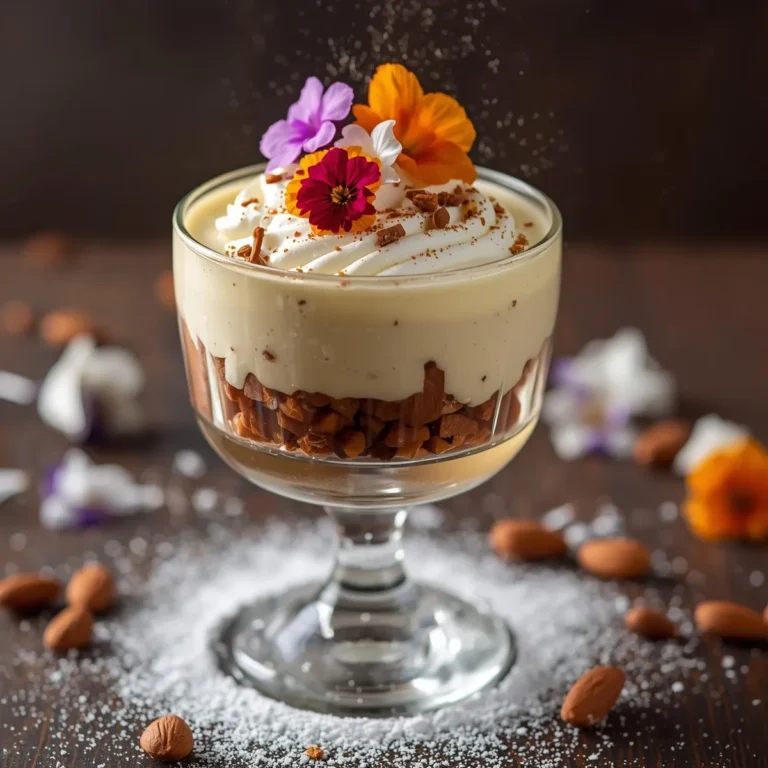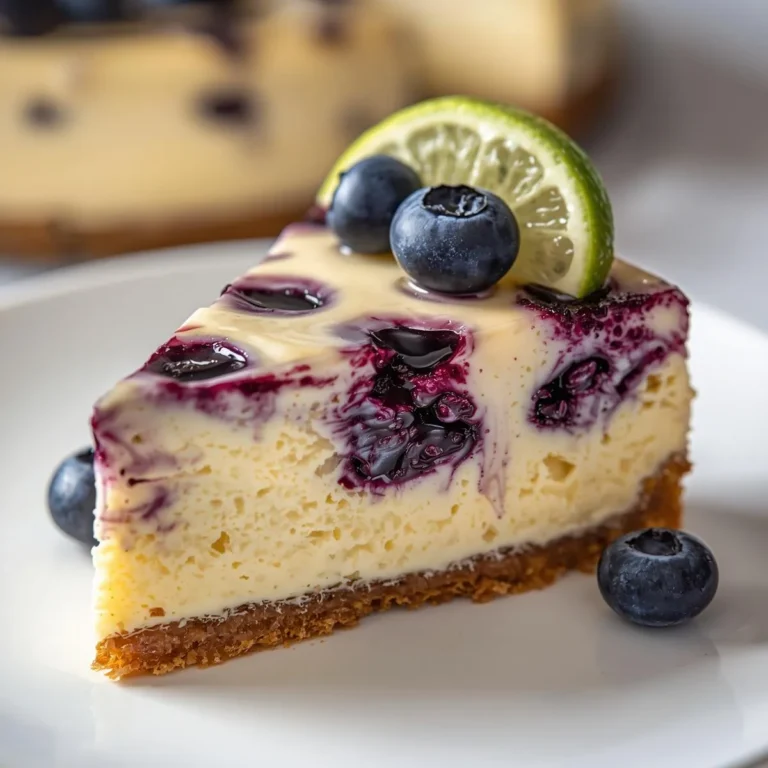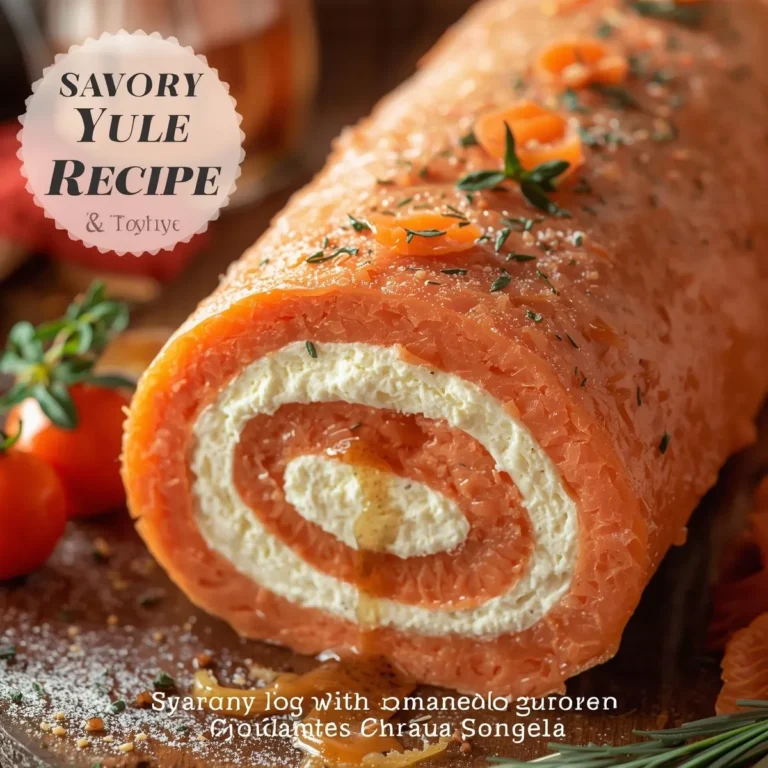Shrimp Pad Thai is one of the most beloved dishes in Thai cuisine — a perfect harmony of sweet, savory, tangy, and spicy flavors. Tender rice noodles are stir-fried with juicy shrimp, eggs, bean sprouts, and peanuts, all coated in a rich tamarind-based sauce. The result is a dish that’s vibrant, satisfying, and bursting with authentic Thai flavor.
This recipe captures the essence of traditional Pad Thai while keeping it simple enough for home cooking. It’s quick to prepare, full of texture, and endlessly customizable. Whether served for a weeknight dinner or a special occasion, Shrimp Pad Thai always impresses.
The Essence of Shrimp Pad Thai
Pad Thai is Thailand’s national dish and a symbol of its culinary identity. It’s a street food favorite known for its balance of flavors — sweet from palm sugar, sour from tamarind, salty from fish sauce, and spicy from chili. Shrimp adds a delicate sweetness that complements the sauce perfectly.
The dish is typically made with rice noodles, eggs, tofu, bean sprouts, and crushed peanuts. Each ingredient plays a role in creating the perfect bite — chewy noodles, tender shrimp, crunchy peanuts, and fresh herbs.
Why This Recipe Works
This recipe works because it focuses on balance. The sauce combines tamarind, fish sauce, and sugar in just the right proportions to create the signature Pad Thai flavor. The shrimp are cooked quickly to stay tender, and the noodles are stir-fried just long enough to absorb the sauce without becoming mushy.
The result is a dish that’s authentic, flavorful, and perfectly textured — restaurant-quality Pad Thai made at home.
Ingredients and Their Roles
Shrimp: Adds sweetness and protein.
Rice noodles: The base of the dish, providing a chewy texture.
Eggs: Add richness and help bind the ingredients.
Bean sprouts: Add crunch and freshness.
Garlic and shallots: Build the flavor base.
Tamarind paste: Provides the signature tangy flavor.
Fish sauce: Adds saltiness and umami.
Palm sugar or brown sugar: Balances the acidity with sweetness.
Crushed peanuts: Add crunch and nuttiness.
Lime: Adds brightness and freshness.
Chili flakes: Provide heat.
Step-by-Step Recipe
Ingredients
- 8 ounces (225 g) rice noodles
- 1 pound (450 g) large shrimp, peeled and deveined
- 2 tablespoons vegetable oil
- 3 cloves garlic, minced
- 1 small shallot, finely chopped
- 2 eggs, lightly beaten
- 1 cup bean sprouts
- 3 green onions, sliced
- ¼ cup crushed peanuts
- Lime wedges, for serving
For the sauce:
- 3 tablespoons fish sauce
- 2 tablespoons tamarind paste
- 1 tablespoon soy sauce
- 2 tablespoons brown sugar or palm sugar
- 1 teaspoon chili flakes (adjust to taste)
Preparation
- Prepare the noodles. Soak the rice noodles in warm water for 20–30 minutes until pliable. Drain and set aside.
- Make the sauce. In a small bowl, whisk together fish sauce, tamarind paste, soy sauce, sugar, and chili flakes until smooth.
- Cook the shrimp. Heat 1 tablespoon of oil in a large wok or skillet over medium-high heat. Add the shrimp and cook for 1–2 minutes per side until pink and opaque. Remove and set aside.
- Sauté the aromatics. Add the remaining oil to the pan. Add garlic and shallots, cooking for 30 seconds until fragrant.
- Add the eggs. Push the aromatics to one side and pour in the beaten eggs. Scramble gently until just set.
- Add the noodles and sauce. Add the soaked noodles and pour the sauce over them. Toss well to coat evenly.
- Combine everything. Add the cooked shrimp, bean sprouts, and green onions. Stir-fry for another 1–2 minutes until everything is heated through.
- Serve. Transfer to plates and top with crushed peanuts. Serve with lime wedges and extra chili flakes.
Tips for Perfect Shrimp Pad Thai
- Don’t over-soak the noodles; they should be pliable but not soft before cooking.
- Cook over high heat for the best texture and flavor.
- Use tamarind paste for authentic tanginess.
- Add the sauce gradually to avoid soggy noodles.
- Serve immediately — Pad Thai tastes best fresh from the pan.
Variations and Flavor Combinations
1. Classic Shrimp Pad Thai
Traditional version with shrimp, eggs, and peanuts.
2. Spicy Shrimp Pad Thai
Add extra chili flakes or sriracha for heat.
3. Chicken and Shrimp Pad Thai
Combine shrimp with sliced chicken for a heartier dish.
4. Vegetarian Pad Thai
Replace shrimp with tofu and use soy sauce instead of fish sauce.
5. Peanut Butter Pad Thai
Add a spoonful of peanut butter to the sauce for a creamy twist.
6. Mango Shrimp Pad Thai
Add diced mango for a sweet, tropical flavor.
Serving Suggestions
Shrimp Pad Thai is a complete meal on its own but pairs beautifully with light sides:
- Thai cucumber salad for freshness.
- Spring rolls or dumplings as appetizers.
- Steamed vegetables for balance.
- Thai iced tea or lime soda as a refreshing drink.
Make-Ahead and Storage
Make-ahead: Prepare the sauce in advance and store in the refrigerator for up to 3 days.
Storage: Store leftovers in an airtight container in the refrigerator for up to 2 days.
Reheating: Reheat in a skillet with a splash of water or oil to loosen the noodles.
Freezing: Not recommended, as the noodles can become mushy.
Nutritional Information (per serving)**
- Calories: 420 kcal
- Protein: 28 g
- Fat: 14 g
- Carbohydrates: 45 g
- Sugar: 8 g
The History of Pad Thai
Pad Thai was introduced in Thailand during the 1930s as part of a national campaign to promote Thai identity and reduce rice consumption. It quickly became a symbol of Thai cuisine, blending local ingredients with Chinese stir-fry techniques.
Over time, Pad Thai evolved into a beloved street food dish, known for its balance of flavors and quick preparation. Today, it’s one of the most recognized Thai dishes worldwide, enjoyed in restaurants and homes alike.
Texture and Flavor Profile
The perfect Shrimp Pad Thai has a balance of textures — chewy noodles, tender shrimp, crunchy peanuts, and crisp bean sprouts. The flavor is complex yet harmonious: sweet, tangy, salty, and slightly spicy.
Each bite delivers a burst of flavor, with the tamarind providing tang, the fish sauce adding umami, and the sugar balancing it all with sweetness.
Common Mistakes and How to Avoid Them
Overcooking the noodles: They’ll become mushy. Soak just until pliable.
Using too much sauce: Makes the dish soggy. Add gradually.
Overcrowding the pan: Prevents proper stir-frying. Cook in batches if needed.
Skipping tamarind: It’s essential for authentic flavor.
Overcooking the shrimp: They should be pink and tender, not rubbery.
Chef’s Tips
- Add a squeeze of lime before serving for brightness.
- Use a wok for even heat distribution.
- Garnish with cilantro or Thai basil for freshness.
- Adjust sweetness and spice to taste.
- Serve immediately for the best texture.
Pairing Ideas
With Drinks:
- Thai iced tea or coconut water.
- Crisp white wines like Riesling or Pinot Grigio.
- Sparkling water with lime.
With Other Dishes:
- Pair with Thai green curry or tom yum soup.
- Serve alongside papaya salad for contrast.
- Include in a Thai-inspired dinner spread.
The Joy of Thai Cooking
Shrimp Pad Thai embodies the essence of Thai cooking — balance, freshness, and bold flavor. It’s a dish that engages all the senses, from the sizzling sound of noodles in the wok to the aroma of garlic and tamarind filling the kitchen.
Cooking Pad Thai at home is both fun and rewarding. It’s quick to prepare, customizable, and always satisfying. The combination of textures and flavors makes it a dish that never gets old.
The Science of Perfect Pad Thai
The key to perfect Pad Thai lies in timing and heat. Stir-frying over high heat ensures the noodles absorb the sauce without becoming soggy. The tamarind provides acidity that balances the saltiness of fish sauce and the sweetness of sugar.
Shrimp cook quickly, so they should be added near the end to stay tender. The eggs add richness and help bind the ingredients, while the peanuts and bean sprouts provide crunch.
Presentation and Finishing Touches
For an elegant presentation, serve Shrimp Pad Thai on a platter or in shallow bowls. Garnish with crushed peanuts, lime wedges, and fresh herbs. Add a sprinkle of chili flakes for color and spice.
For a casual setting, serve directly from the wok with extra sauce and toppings on the side. The vibrant colors and textures make this dish visually appealing and appetizing.
Modern Variations
- Keto Pad Thai: Use spiralized zucchini or shirataki noodles.
- Gluten-Free Pad Thai: Use gluten-free tamari instead of soy sauce.
- Vegan Pad Thai: Replace shrimp with tofu and omit eggs.
- Pad Thai Salad: Toss the ingredients with lettuce for a lighter version.
- Pad Thai Wraps: Serve in lettuce cups for a fun twist.
The Perfect Weeknight Dinner
Shrimp Pad Thai is the ultimate weeknight dinner — quick, flavorful, and satisfying. It’s ready in under 30 minutes and requires minimal cleanup. The combination of noodles, shrimp, and sauce makes it a complete meal that everyone loves.
It’s also great for entertaining — easy to scale up and impressive to serve. The balance of flavors ensures it appeals to a wide range of tastes.
Conclusion
Shrimp Pad Thai is a timeless dish that captures the heart of Thai cuisine — a perfect balance of sweet, savory, tangy, and spicy. With its tender shrimp, chewy noodles, and flavorful sauce, it’s a meal that delights every sense.
Quick to prepare and endlessly customizable, Shrimp Pad Thai is ideal for weeknight dinners, family meals, or special occasions. Whether enjoyed at home or shared with friends, it proves that the best dishes are those that bring together balance, freshness, and a touch of culinary magic.






